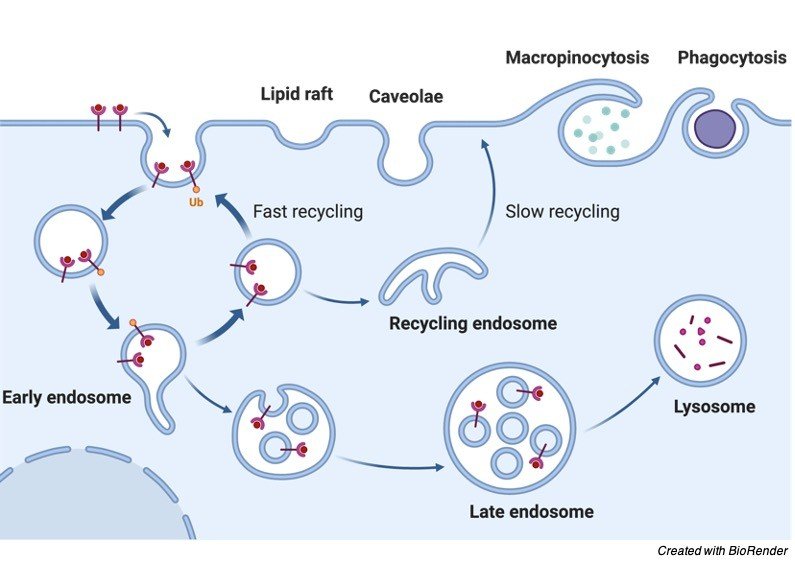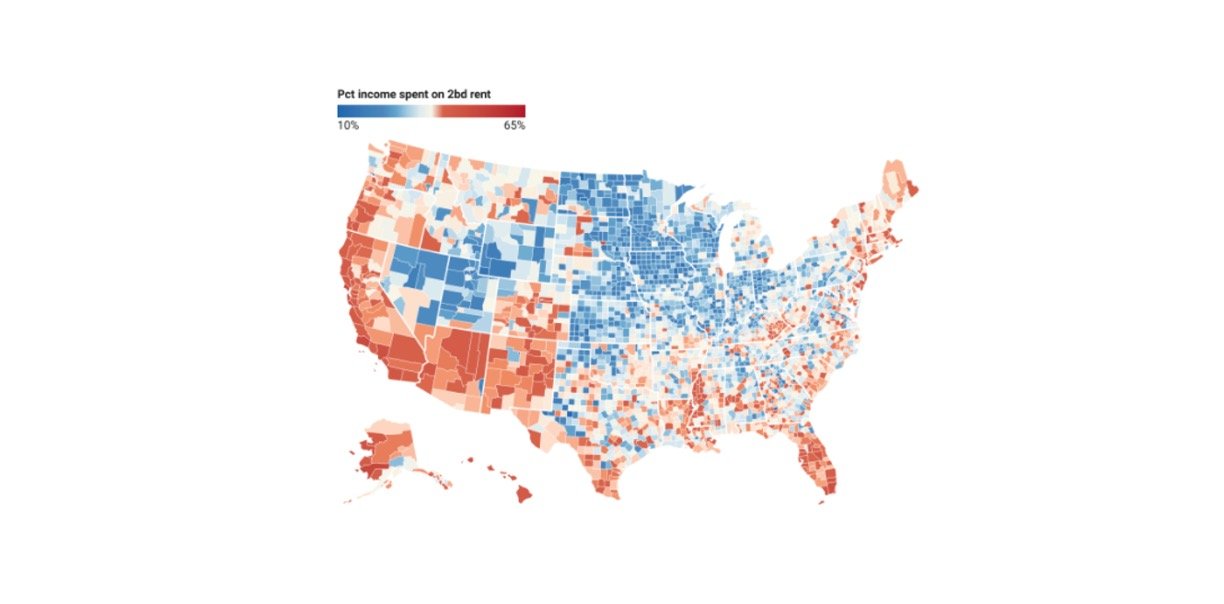Cell Membrane and Endocytosis
o Besides transport across the membrane, cells can acquire substances from the extracellular environment through endocytosis.
o Endocytosis/exocytosis requires ATP hydrolysis.
o Prokaryotes’s membranes cant before endocytosis or exocytosis.
o Viruses enter eukaryotic cells via endocytosis.
Types of Endocytosis
There are several types of endocytosis:
I. Pinocytosis
o Pinocytosis – (“cell-drinking”) is a form of endocytosis in which small particles are brought into the cell suspended within small vesicles.
o It is primarily used for the absorption of extracellular fluids (ECF), and in contrast to phagocytosis, generates very small vesicles.
o Unlike receptor-mediated endocytosis, pinocytosis is nonspecific in the substances that it transports.
o The cell takes in surrounding fluids, including all solutes present.
o A portion of the plasma membrane is invaginated and pinched off forming a membrane-bounded vesicle called an endosome.
o This process, unlike phagocytosis, is nonselective.
II. Phagocytosis
o Phagocytosis is the cellular process of phagocytes (white blood cells) and protists of engulfing solid particles by the cell membrane to form an internal phagosome, which is a food vacuole.
o Phagocytosis is a specific form of endocytosis involving the vesicular internalization of solid particles, such as bacteria, and is therefore distinct from other forms of endocytosis such as pinocytosis, the vesicular internalization of various liquids.

o Phagocytosis is involved in the acquisition of nutrients for some cells, and in the immune system it is a major mechanism used to remove pathogens and cell debris.
o The impetus for phagocytosis is the binding of proteins on the particulate matter to protein receptors on the phagocytic cell.
o Organisms “eat” by stretching out pseudopodia and encircling any food particles they find in their paths.
o In humans, antibodies or complement proteins bind to particles and stimulate receptor proteins on macrophages and neutrophils to initiate phagocytosis.
III. Receptor Mediated Endocytosis
o Receptor mediated endocytosis refers to specific uptake of macromolecules such as hormones and nutrients.
o In this process, the ligand binds to a receptor protein on the cell membrane, and is then moved into a clathrin coated pit.
o Clatherin is a protein that forms a polymer adding structure to the underside of the coated pit.
o The coated pit invaginates to form a coated vesicle.
o One way this process differs from phagocytosis is that its purpose is to absorb the ligands, whereas the ligands in phagocytosis exist only to act as signals to initiate phagocytosis of other particles.
IV. Exocytosis
o Exocytosis is simply the reverse of endocytosis.
o In Eukaryotic cells, unlike prokaryotic, the membrane invaginates and separates to form individual, membrane bound compartments and organelles.
Endocytosis Citations
Share












